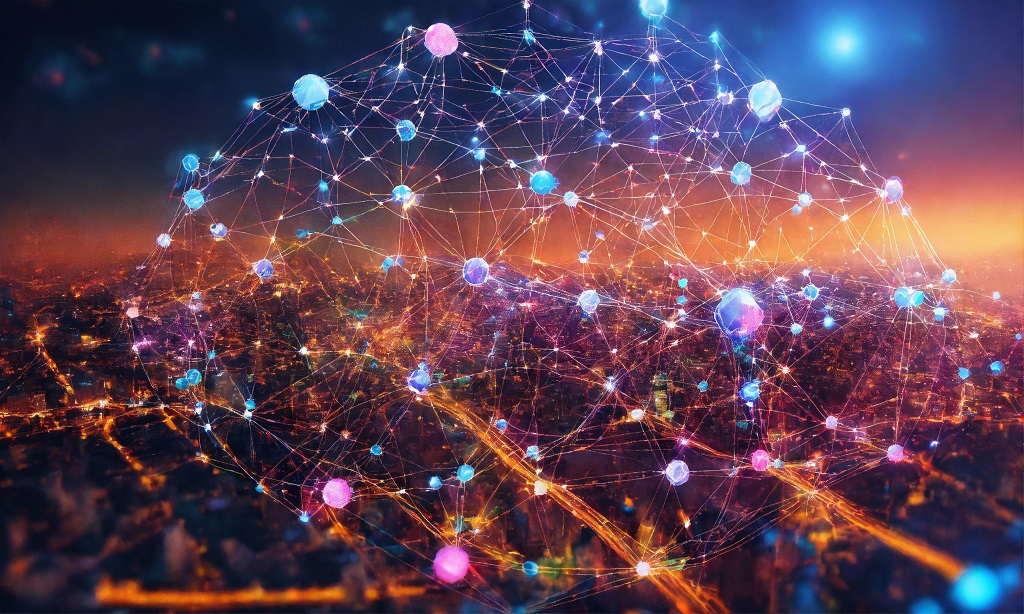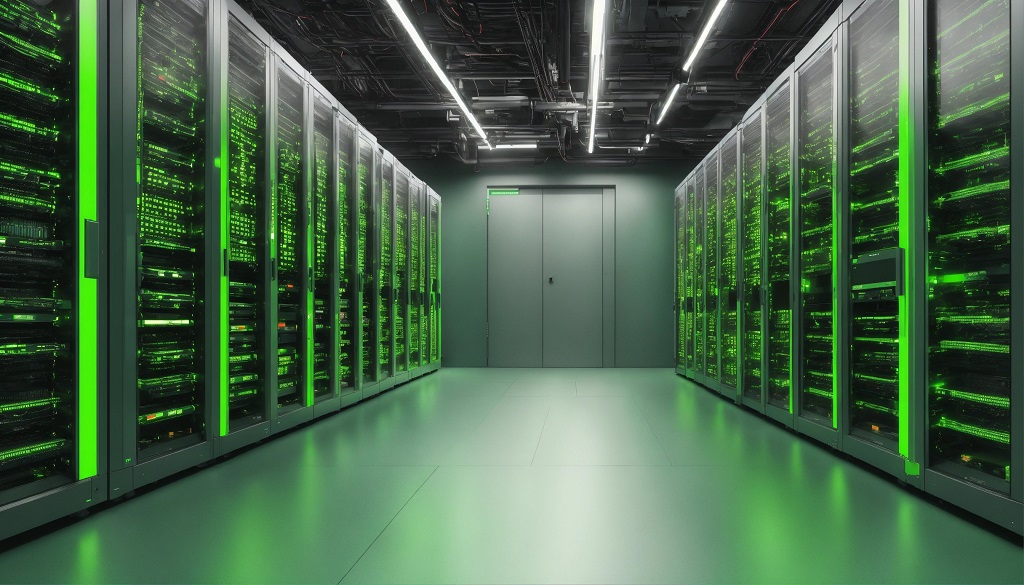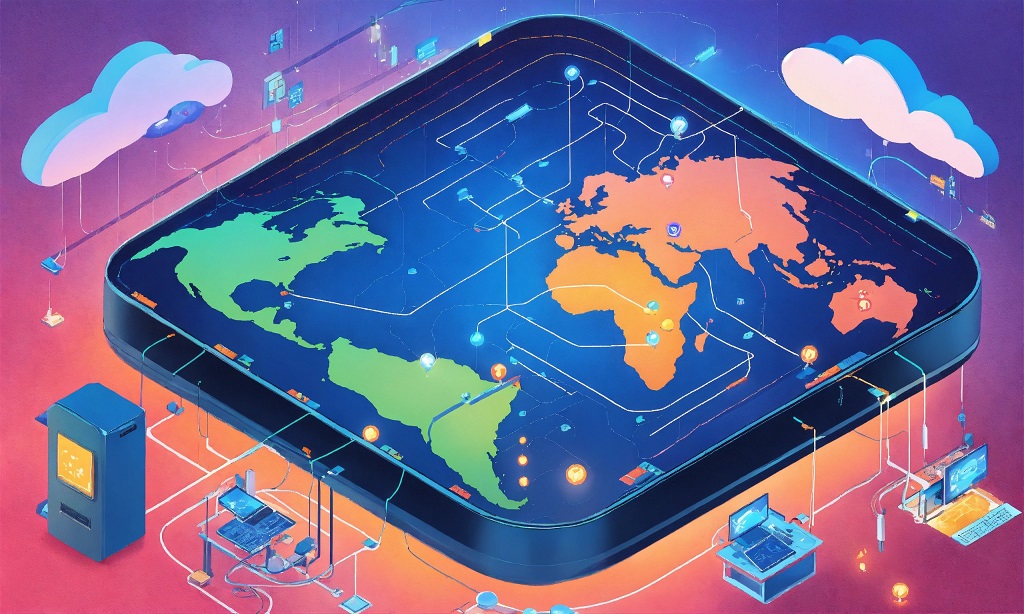- trending-title
- What Is Blockchain Technology and How Does It Work?
- 7011214217
It is difficult to say which specific technology will be the "best" for the future, as it will depend on various factors such as market demand, industry developments, and innovation. However, some technologies that are currently being developed and have the potential to have a significant impact on various industries in the near future include:
It is important to note that these technologies will not only have an impact on the technology industry but also on other industries such as healthcare, finance, and manufacturing.
Artificial intelligence (AI) is a broad field that involves the development of systems that can perform tasks that typically require human intelligence, such as visual perception, speech recognition, decision making, and language translation. Machine learning (ML) is a subfield of AI that involves the development of algorithms that can learn from data, without being explicitly programmed.
Some of the key areas where AI and ML are being applied include:
As AI and ML continue to evolve and improve, they have the potential to have a significant impact on various industries, such as healthcare, finance, manufacturing, transportation, and more. In the future, AI and ML will be used in many more areas and will become more sophisticated.
As AI and ML continue to evolve and improve, they have the potential to have a significant impact on various industries, such as healthcare, finance, manufacturing, transportation, and more. In the future, AI and ML will be used in many more areas and will become more sophisticated.
Quantum computing is a new type of computing that uses the principles of quantum physics to perform calculations that are faster and more powerful than traditional computing. Unlike classical computers, which store and process information in binary digits (bits), quantum computers use quantum bits (qubits) that can exist in multiple states simultaneously, allowing quantum computers to perform many calculations in parallel.
Some of the key features of quantum computing include:
Quantum computing has the potential to revolutionize many fields, including cryptography, finance, and chemical simulation. However, quantum computers are still in the early stages of development, and there are many challenges to overcome before they can be widely used. These include issues with the stability and coherence of qubits, the difficulty of building large-scale quantum computers, and the development of algorithms that can effectively take advantage of quantum computing.
Despite these challenges, many companies and governments around the world are investing in quantum computing research and development, and the field is advancing rapidly. In the coming years, it is likely that quantum computers will play an increasingly important role in solving complex problems and enabling new breakthroughs in science and technology.
Blockchain is a distributed digital ledger technology that enables secure and transparent record-keeping of transactions. It was first introduced as the underlying technology behind Bitcoin, but it has since been adopted for a wide range of other use cases, including supply chain management, digital identity, and voting systems.
A blockchain is essentially a decentralized and distributed database that is maintained by a network of computers, called nodes. Each node in the network has a copy of the entire blockchain, which is updated in real-time as new transactions are recorded.
The Internet of Things (IoT) refers to the interconnected network of physical devices, vehicles, home appliances, and other items that are embedded with electronics, software, sensors, and network connectivity, enabling them to collect and exchange data. The IoT allows devices to be connected and controlled remotely, creating new opportunities for automation and improved efficiency.
Robotics and automation refer to the use of machines and technology to perform tasks that were previously performed by humans. This includes a wide range of applications, from simple industrial robots used in manufacturing to sophisticated autonomous systems used in healthcare, agriculture, and transportation.
Some of the key features of robotics and automation include:
Robotics and automation have the potential to transform many industries, from manufacturing and logistics to healthcare and retail. They can also create new opportunities for innovation and growth, as well as improve quality of life for individuals. However, there are also challenges associated with robotics and automation, such as job displacement, the need for new skills and training, and the integration of different systems and technologies.
Biotechnology refers to the use of living organisms, cells, or biological systems to create new products, technologies, and therapies. It encompasses a wide range of fields, including genetics, microbiology, biochemistry, and molecular biology, and it has the potential to revolutionize many industries, including healthcare, agriculture, and energy.
Advanced materials refer to materials that have improved physical, chemical, or biological properties compared to conventional materials. They can be made from a wide range of materials, including metals, polymers, ceramics, and composites, and they are used in a variety of applications, from electronics and energy to construction and transportation.
5G is the fifth-generation wireless network technology that is designed to support the growing demand for high-speed, low-latency, and reliable mobile connectivity. Compared to previous generations of mobile networks, 5G offers several key benefits, including:
5G is expected to play a critical role in the development of new technologies and applications, such as autonomous vehicles, smart cities, and advanced manufacturing. It is also expected to have a significant impact on industries such as entertainment, healthcare, and retail. The deployment of 5G networks is ongoing globally, and it is expected to become widely available over the next few years.
Autonomous vehicles are vehicles that are equipped with advanced technologies such as sensors, cameras, and artificial intelligence algorithms that enable them to operate without human input. They have the potential to revolutionize the transportation industry by providing safer, more efficient, and more convenient modes of transportation.
Virtual Reality (VR) and Augmented Reality (AR) are two emerging technologies that are changing the way we interact with digital content and the physical world.
Virtual Reality (VR) is a technology that creates a computer-generated environment that users can interact with as if it were real. VR typically involves the use of a headset that completely immerses the user in a virtual environment, allowing them to experience digital content in a highly immersive way. VR has applications in a wide range of industries, including gaming, entertainment, education, and healthcare.
Augmented Reality (AR) is a technology that enhances the physical world with digital information and content. AR typically involves the use of a device, such as a smartphone or headset, that overlays digital information onto the real world. AR has applications in areas such as education, advertising, and entertainment, as well as in industrial and military settings.
Both VR and AR have the potential to transform the way we live, work, and play, by allowing us to experience digital content in new and innovative ways. The use of VR and AR is expected to continue to grow in the coming years, as advances in hardware and software make these technologies more accessible and easier to use.
In conclusion, technology is constantly evolving, and new advancements are being made all the time. The fields of Artificial Intelligence and Machine Learning, Quantum Computing, Blockchain, Internet of Things, Robotics and Automation, Biotechnology, Advanced Materials, 5G Networks, Autonomous Vehicles, and Virtual and Augmented Reality are all considered to be important areas of technology with significant potential for future growth and impact.
Each of these fields offers unique opportunities and challenges, and companies and organizations across a wide range of industries are investing in their development and implementation. Those who are interested in working in technology can consider studying or developing expertise in one or more of these fields to position themselves for success in the rapidly changing tech landscape.
Over 15 years of experience in the field of Linux/Automation and Container Management. Majorly involved in version controlling technology GIT and private/public cloud administration Like (openstack,AWS,Ansible,docker) Have strong capabilities in cloud solution and devops management.

In the dynamic landscape of information technology, networking...
View Details
To comprehend the future, we must first grasp the present....
View Details

Cloud computing architecture serves as the blueprint for the...
View Details
In the dynamic landscape of cloud computing, the choice of...
View Details
In the ever-evolving realm of technology, cloud services have...
View Details